In Michigan you always know that it is going to be a hot summer day when the trees begin to sound like they are full of metallic rattlesnakes. That means the cicadas are singing. Cicadas are around almost all summer, but from mid-July to mid-August another pest joins them: the cicada killer wasp. These oversized wasps eat cicadas, burrow homes into the dirt, and they love The Mad House front yard. For the two summers we have lived here, we have had cicada killers make their brief homes right outside our front entryway.
It’s pretty normal to get ant hills in the cracks of a concrete driveway. This is one of the bigger mounds in our driveway. It is 2 inches across and maybe a quarter inch tall.
Contrast that with this cicada killer mound which is roughly half a foot across, and about and inch and a half high.
The gravely texture of the dug out dirt is typical of a cicada killer nest. This year I have only seen two cicada killer mounds, while I think there were four or more last year.
Regular honeybees are roughly 1/2 inch long. Cicada killers range from 1-2 inches in length. And they look scary as all get out.
Even though the business end of a cicada killer looks terrifying, from all my research (and not personal experience thankfully), you don’t need to fear their sting too much. Only the females sting and they really only use the stinger to paralyze cicadas, not to protect their nests. And you have to really be up in a cicada killer’s grill in order for it to sting you. Finally, if a cicada killer DOES sting you, the sting is less painful and goes away faster than a typical bee sting. But, if you are allergic to bee or wasp stings, the sting of a cicada killer is just as dangerous as any other sting.
Since these wasps only live for around a month, we could just live and let live… if they hadn’t decided to set up shop right outside our front door. I hate that visitors (and the mail carrier) have to dodge terrifying-looking wasps just to get to our house. So this year, I am going to try some internet-sourced tricks to get rid of them.
While the cicada killers are out feasting on cicadas during the daylight hours, you can safely mark the entrance to their nests with a plastic knife. You can only trap the wasps in their nests when they come home for the night, so the knives will help you find the holes again in the dark.
Come out again after the sun has set and the wasps are back in the mound, and pour ammonia into the holes marked by the plastic knives. I also read that you can point your garden hose down into the hole and leave it on jussssst barely running overnight. Either method should take care of the wasps.
Apparently, since the cicada killers are so big and clumsy, you can also just swat them with a badminton racket and then step on them (wearing shoes). I am not sure if I want to get into hand-to-wing combat with these guys though, so I will stick to the sneak attack.
Do you have these pests in your area? Do you just leave them alone or do you have a trick for getting rid of them?
Did you like this post? Think it’s worth sharing? Please share with your friends using the social media share buttons on the toolbar at the bottom of the page!
Thanks, Jessica

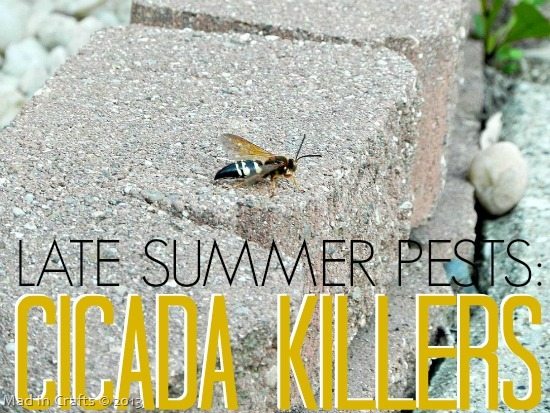
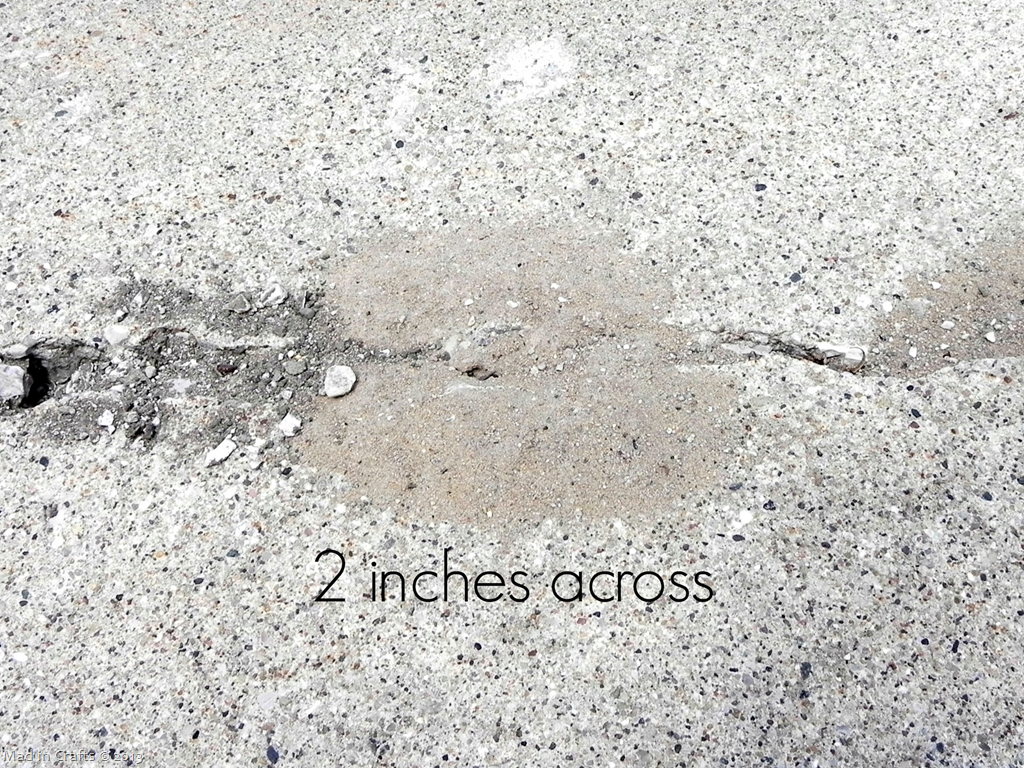
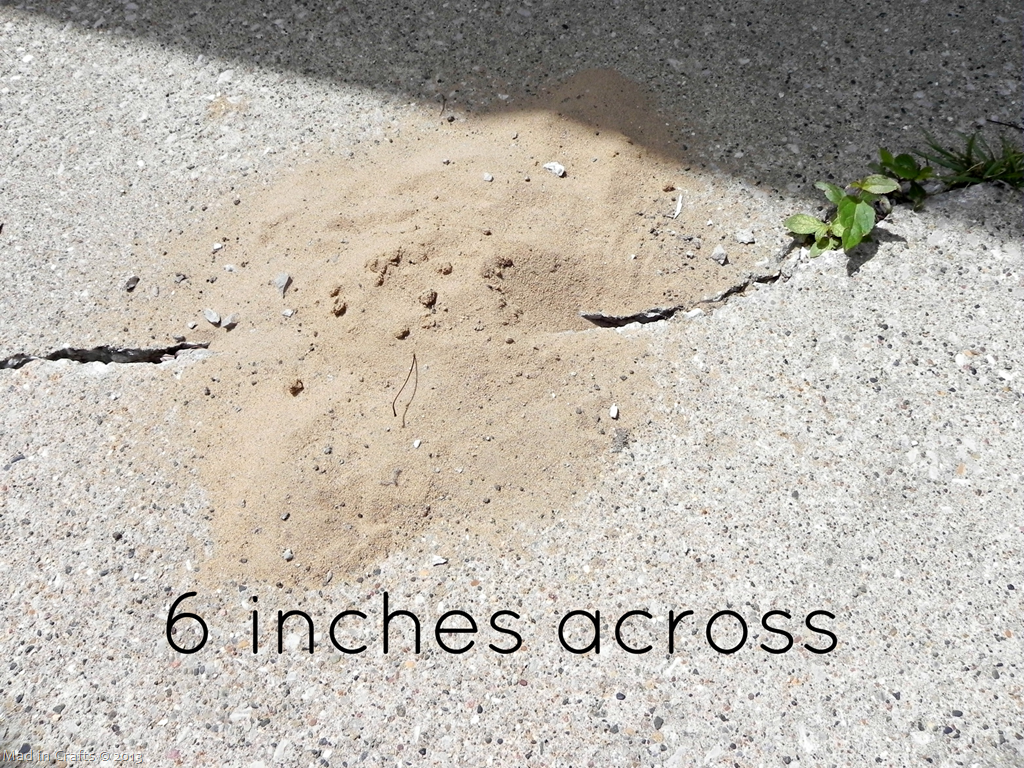
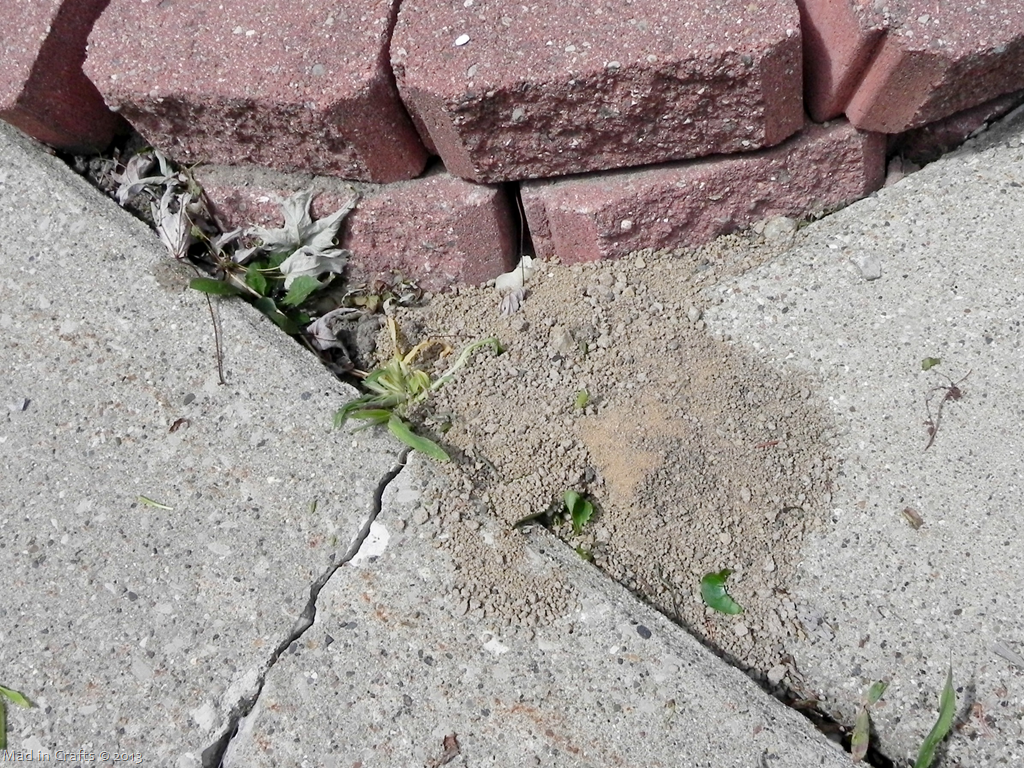
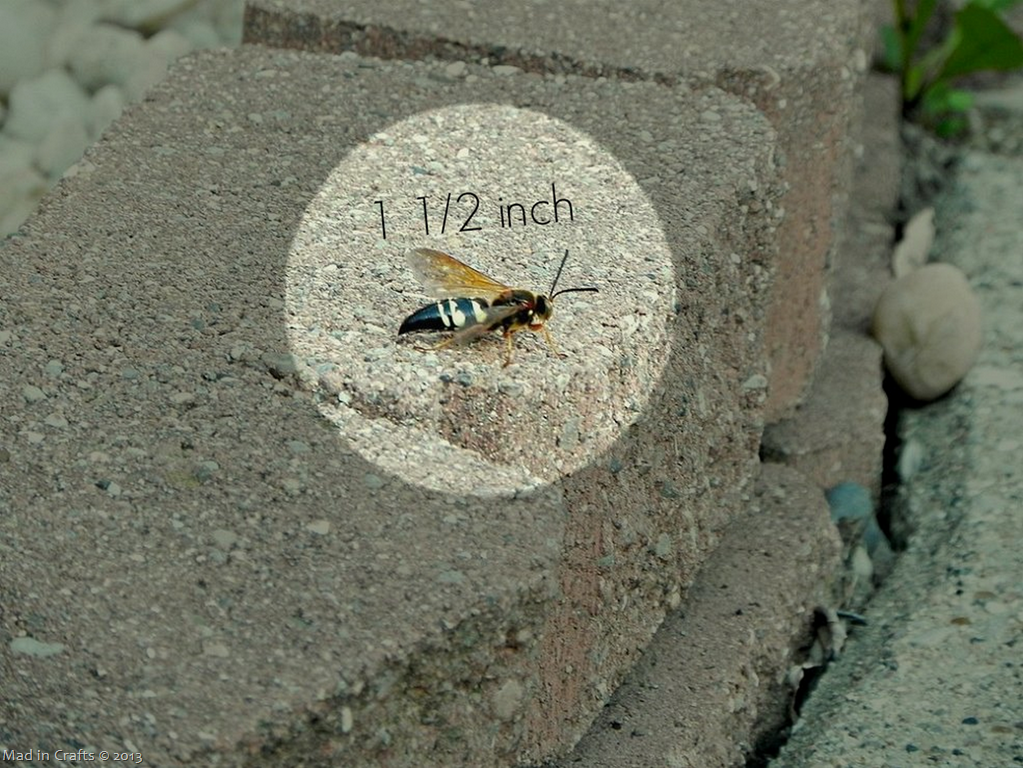
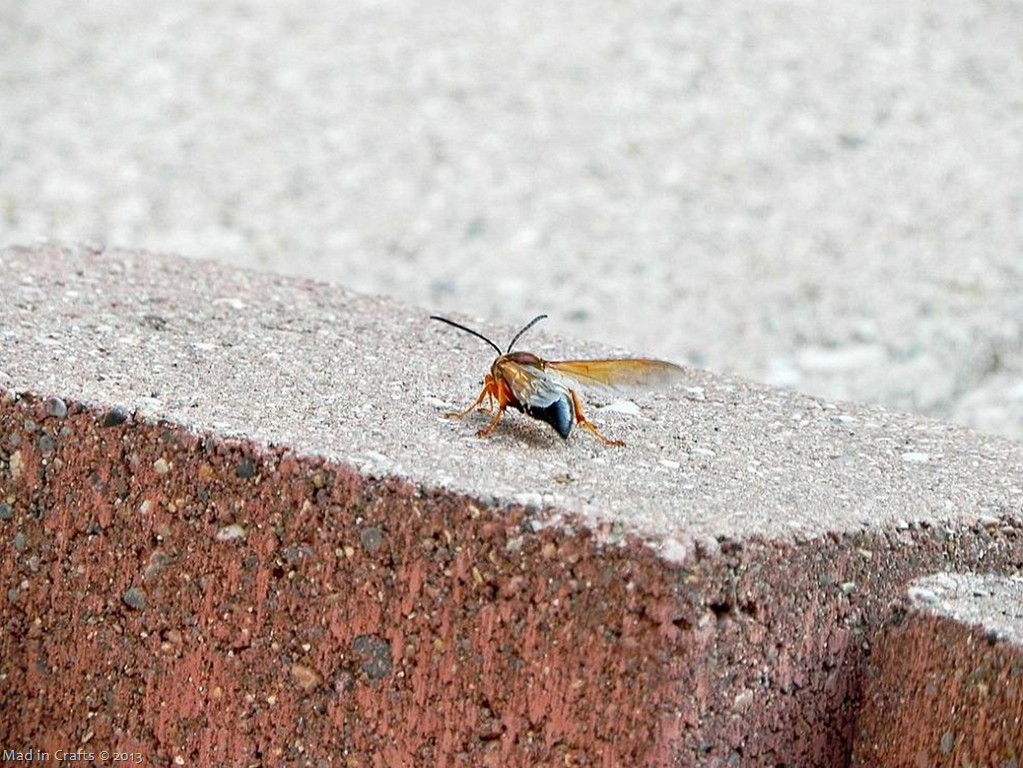
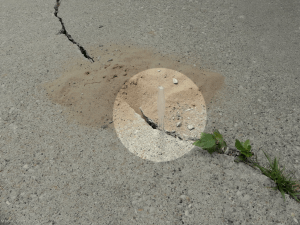








Leave a Reply